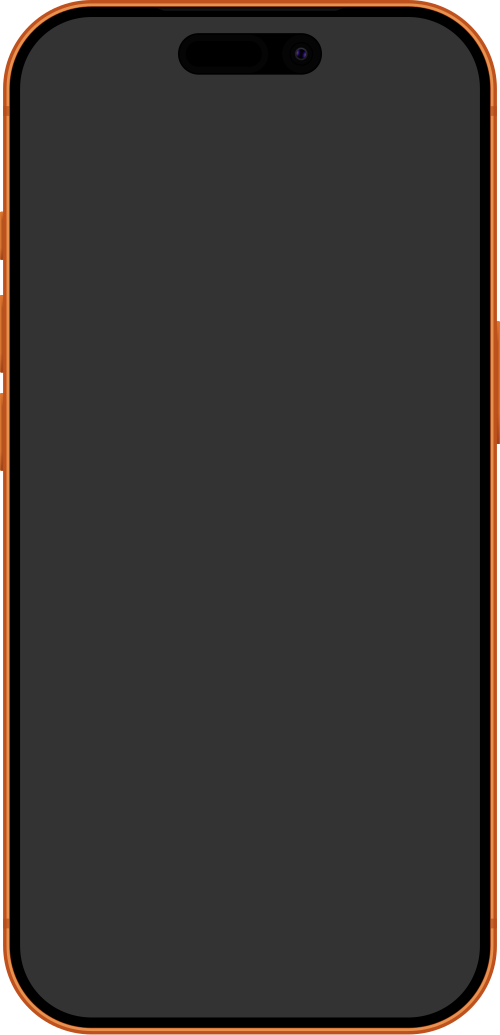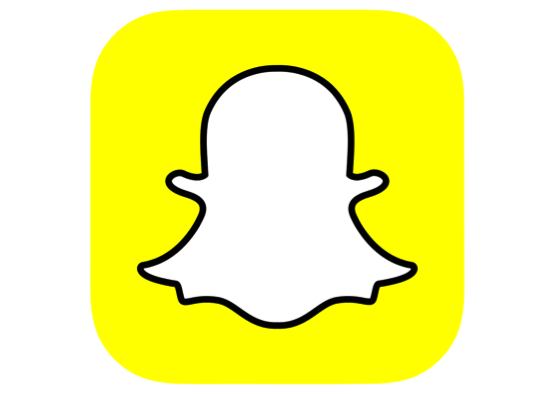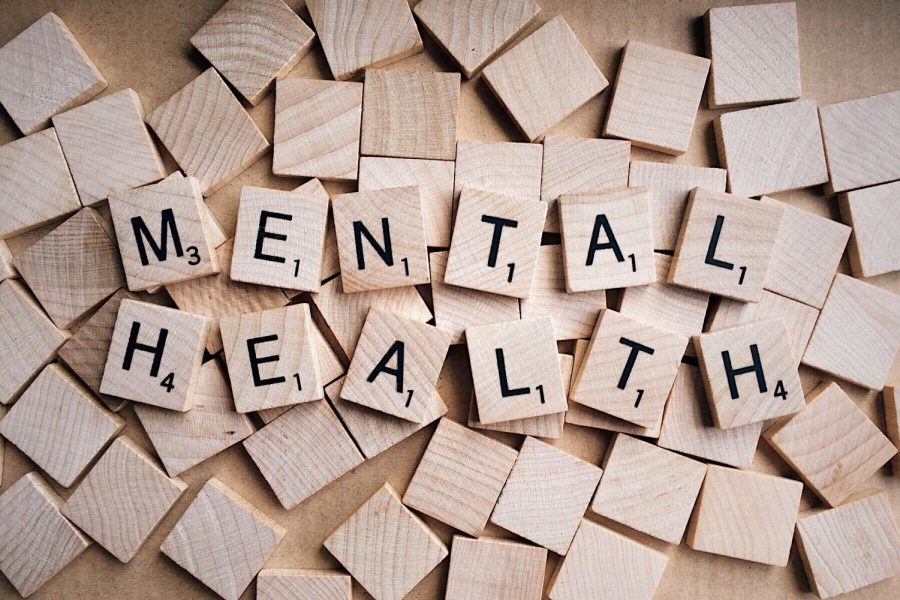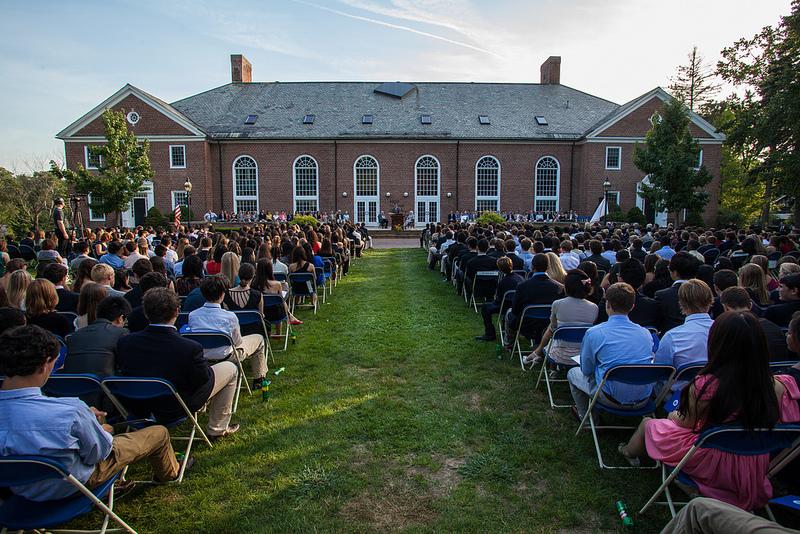People across the world are, as expected, rushing out to get their hands on the newest iPhone.
Apple’s annual iPhone release hit the mark per usual, flooding the internet with reviews and ads. The iPhone 17 and iPhone 17 Pro were released on September 19, 2025. They improve on the past versions in many ways. The new phones come with a brighter display, more scratch resistance, a new Center Stage front camera, a A19 chip which powers the phone, and, as outlined on the Apple website, a 6.3 inch super-retina XDR display with a 120hz refresh rate, beating out the 60hz refresh rate of the iPhone 15 and 16.
Typically, Apple’s new phone releases are global events. These releases have been common practice for Apple, starting in 2007 with the release of the first iPhone. Each release promises new features, often faster speeds with new chips, and better cameras. And, of course, a higher price.
With ever increasing prices, and a decreasing number of upgrades from other versions, the competition from Android and other options is a factor. However, some are content to remain in the Apple ecosystem.
Alain Iglesias, a senior, is currently waiting on the iPhone 17 he ordered. He reasoned that he already had a iPhone 16 pro before they released the newest phone, and upgrading was free for him. He mentioned that if it had not been free he would not have paid for it because it seems expensive for what it is.
“The features don’t really matter to me,” Alain said, “I don’t do it just to be a part of the new wave, or be up to date, I just got it because it was easy for me to upgrade.”
The new iPhone 17, as listed on the company’s website, starts at $799. The prices increases to $999 for an iPhone Air, and $1,099 for an iPhone 17 Pro and an iPhone 17 Pro Max.
Alain’s experience, getting the newest iPhone 17, is suggestive of users’ lack of excitement. They are, in some ways, getting the new iPhone because it’s convenient, not because they’re excited.
While users such as Alain may upgrade because it comes at no cost, those who will take on the cost of upgrading will have much more to consider.
Sarah Sawyer, English teacher at Williston, recently upgraded from the iPhone 6s to a iPhone 16+. She said the newest features, aside from a better phone and screen, weren’t as important to her.
Sawyer also mentioned that Apple has strong brand loyalty, perhaps too much.
“It’s almost un-American how they have edged out their competition from the market,” she said.
She went on to compare iPhones to cars; although there is always a better car, that doesn’t mean you have to buy it, she reasoned, reinforcing the idea that upgrading isn’t necessary.




















